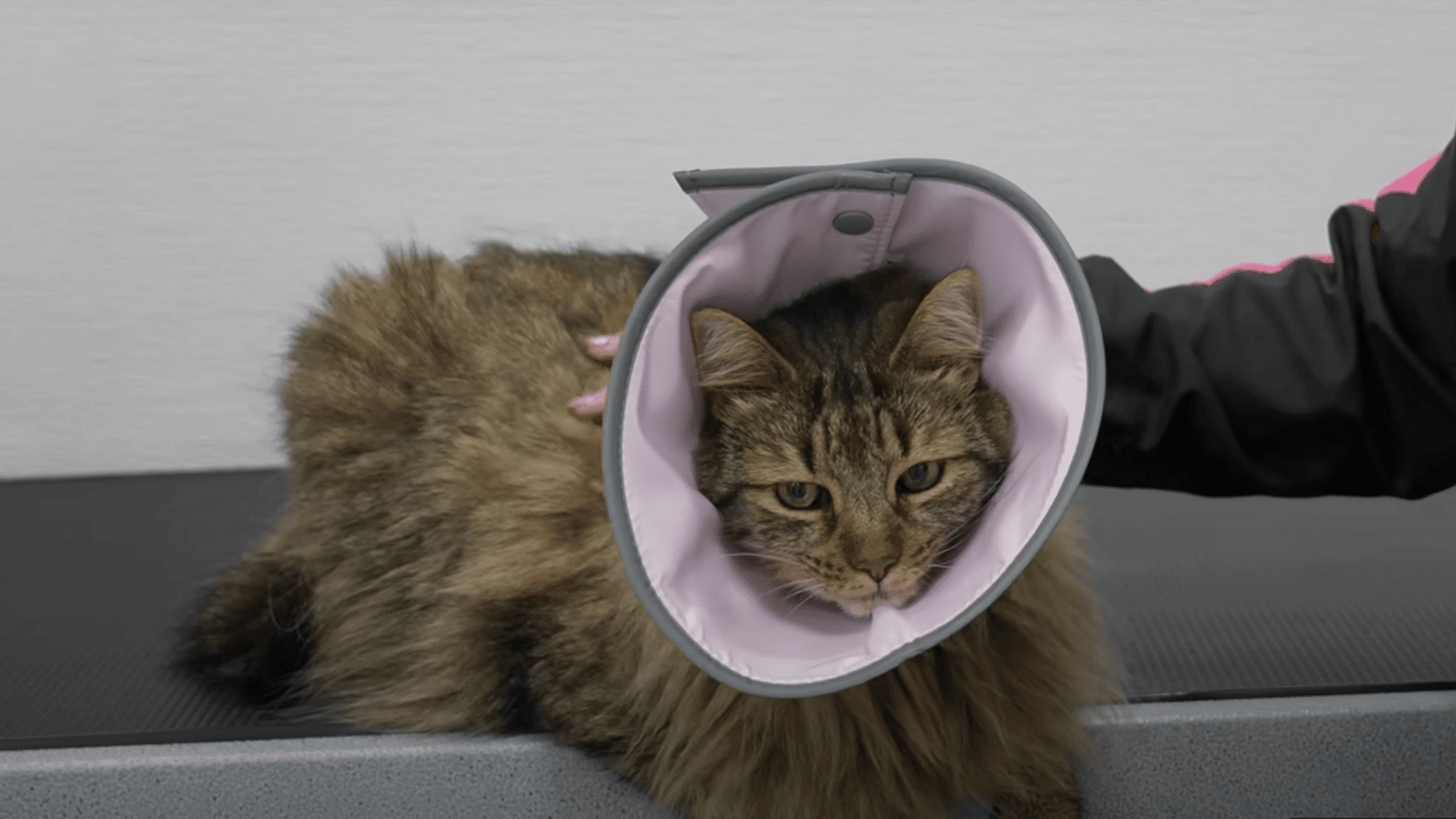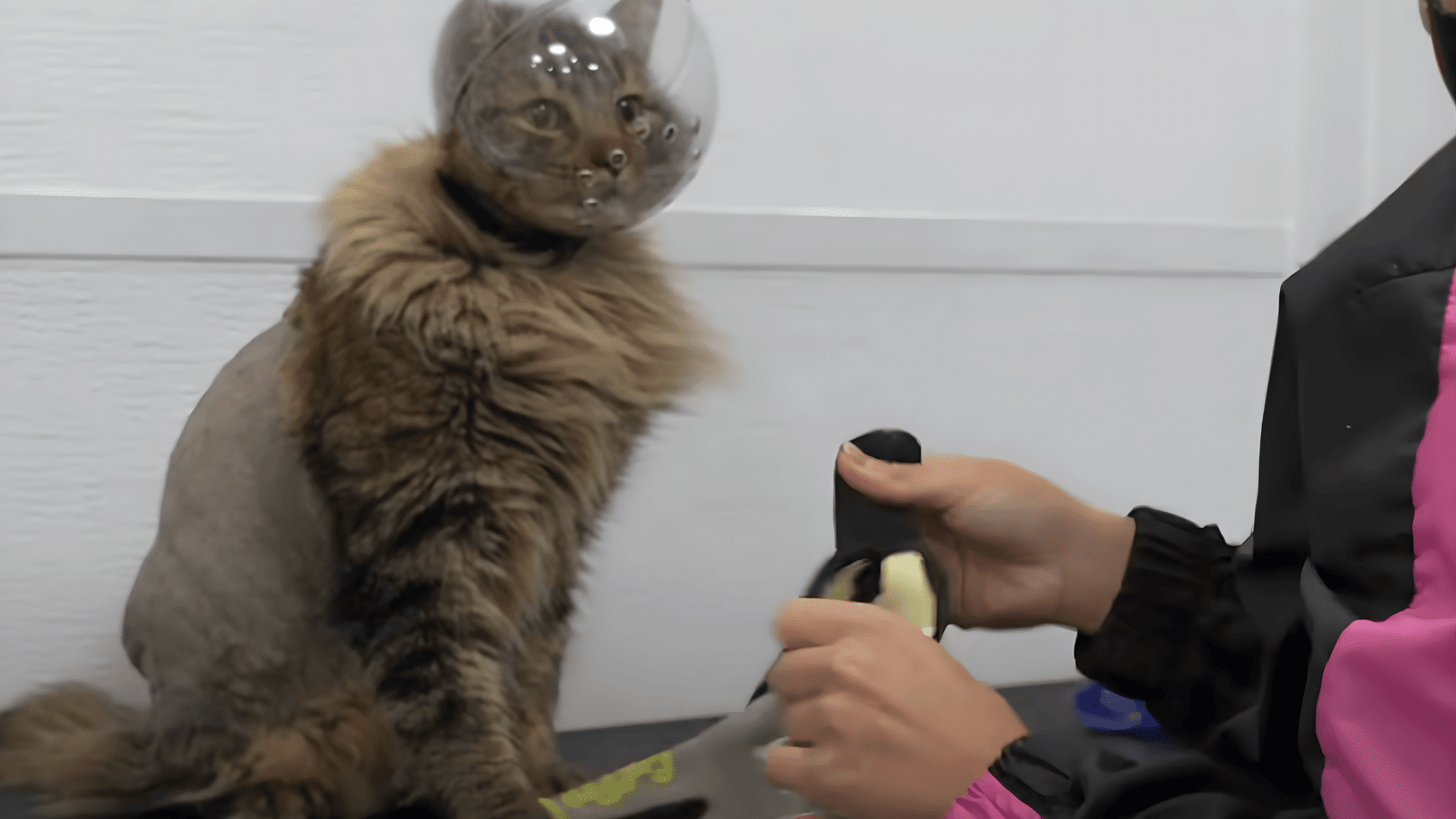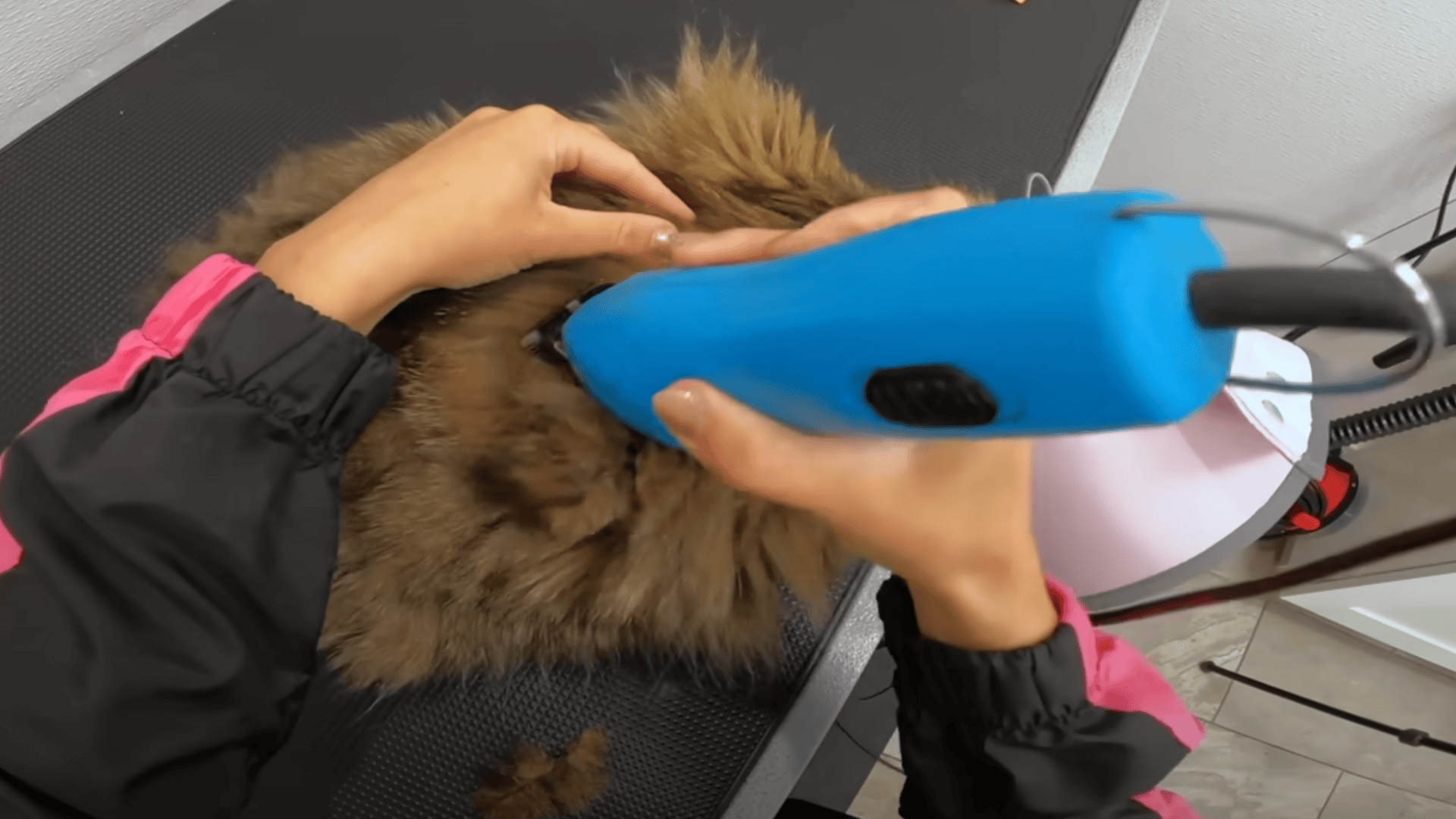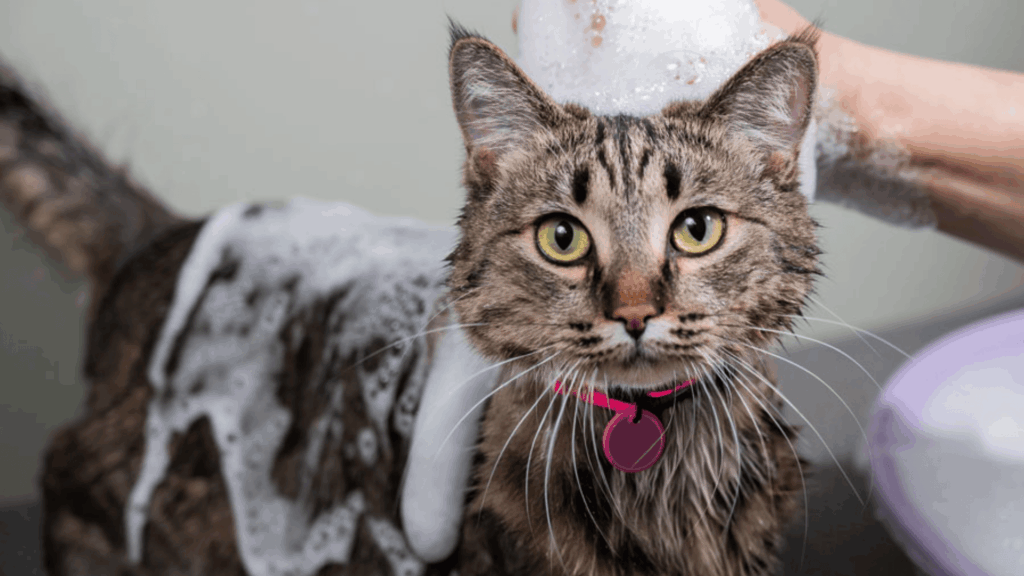Grooming your cat at home might sound tricky, but it doesn’t have to be stressful for you or your furry friend! Regular grooming keeps your cat’s coat shiny, reduces hairballs, and helps spot skin or health issues early.
Whether you have a long-haired fluffball or a sleek short-haired kitty, the right tools and techniques can make the process smooth and even enjoyable.
In this guide, I’ll walk you through everything you need to know about brushing, bathing, and more, step by step.
Plus, I’ll share tips to keep your cat calm and cooperative, so grooming time can actually become a bonding experience rather than a battle.
By the end, you’ll feel confident keeping your cat clean, healthy, and happy right from the comfort of home.
Why Cat Grooming Matters?
Grooming your cat plays a big role in keeping them healthy and happy. Regular brushing removes loose hair, which helps control shedding and reduces hairballs.
It also keeps their coat soft, shiny, and free from tangles. Grooming helps you spot skin issues like bumps or cuts early.
Even though cats often clean themselves, they can’t always reach every area, especially long-haired breeds.
Spending just a few minutes each week brushing your cat can improve their comfort and overall health. It’s also a great chance to bond and help your cat feel calm and loved.
Regular grooming keeps your cat looking good, feeling relaxed, and staying in top shape both inside and out.
Tools and Supplies You Need for Cat Grooming
Grooming your cat is easier and more effective when you have the right supplies. Using the proper tools keeps your cat healthy, comfortable, and happy.
- Brushes and combs for different fur types
- Nail clippers and trimmers
- Cat-friendly shampoos and conditioners
- Grooming gloves
- Ear cleaning solutions
- Detangling sprays
Having these supplies ready makes grooming easier and safer. Start with the basics and add more as needed.
With the right tools, grooming can become a stress-free routine that helps your cat stay clean, healthy, and comfortable while strengthening the bond between you.
How to Groom Your Cat at Home: Step-By-Step Guide
Grooming your cat at home can keep them healthy, clean, and comfortable. Following a step-by-step routine makes the process safer and less stressful for both you and your cat.
Step 1: Assess and Prepare the Cat

Before grooming, evaluate your cat’s behavior and history. Lady was a stray with matting and limited grooming experience, so patience is key.
Ensure safety by using an e-collar and clipping long claws before starting.
Approach calmly and observe reactions, avoiding forcing her into positions that could stress her.
Preparing your tools, including sharp clippers, and creating a calm environment helps reduce anxiety and ensures the grooming session can proceed smoothly and safely.
Step 2: Begin with Mat Removal and Clipping

Start by gently shaving matted areas, focusing on the back and body first.
Use a freshly sharpened blade and go slowly, especially on sensitive areas like legs or joints that may be affected by arthritis.
Work carefully to avoid cutting the skin while gradually removing mats.
Praise the cat and monitor for signs of discomfort. The goal is to remove mats while minimizing stress, not necessarily to achieve a perfect aesthetic haircut.
Step 3: Manage Aggression and Stress

If the cat becomes agitated, use protective measures like a “trouble bubble” or paw wraps when possible. Monitor tail movements, hissing, and attempts to bite. Take breaks when needed and stay calm.
For very stressed cats, consider adjusting your approach rather than forcing grooming.
Understanding the cat’s body language and fear responses helps prevent injuries and ensures the process remains safe for both the groomer and the cat.
Step 4: Address Hygiene Needs

Focus on cleaning areas with strong odors, such as urine or feces stains.
A bath may be necessary for cats who are not self-grooming effectively. The bath can help calm aggressive or anxious cats while improving hygiene.
Work quickly and carefully, handling sensitive areas gently.
Prioritize health and comfort over aesthetic results, ensuring that the cat leaves cleaner and more comfortable, even if the grooming is not perfectly styled.
Step 5: Finish and Provide Comfort

Once mats are removed and hygiene is addressed, quickly smooth out uneven areas and complete any tolerable shaving.
Offer praise, gentle petting, and a clean, safe space for the cat afterward.
Provide measures like a pee pad in the crate to maintain cleanliness. Focus on the cat’s well-being rather than appearance.
Positive reinforcement and careful handling throughout ensure the cat leaves less stressed and healthier, reinforcing trust for future grooming sessions.
This guide is inspired by a detailed video from Girl With The Dogs 2.
Thanks to the creator for sharing such a clear and helpful tutorial. You can watch the original video on their YouTube channel or view it below.
Dealing with Common Grooming Challenges
Grooming your cat can sometimes be tricky. Some cats don’t like brushing or baths, and others may have matted fur or sensitive skin.
Knowing how to handle these challenges makes grooming easier and safer.
- Cats That Resist Grooming: Keep sessions short and calm, use treats, and speak gently. Introduce brushes slowly and take breaks if needed.
- Handling Matted Fur: Try to detangle small mats carefully. For large mats, cutting them may be safer.
- Allergies or Sensitive Skin: Use mild, hypoallergenic shampoos and gentle brushes to avoid irritation.
With patience and the right approach, even difficult grooming tasks can become easier, keeping your cat happy, healthy, and comfortable.
Grooming Frequency: How Often Should You Groom Your Cat?
How often you groom your cat depends on their fur type and the season. Short-haired cats usually need brushing once or twice a week.
Long-haired cats need more frequent grooming, often every day or every other day, to prevent tangles and mats.
During shedding seasons, like spring and fall, cats lose more hair. Extra brushing during these times helps reduce hair around the house and prevents hairballs.
Regular grooming keeps your cat clean, healthy, and comfortable. Watching your cat’s coat and skin helps you know when they need care.
Consistent grooming also strengthens the bond between you and your cat.
Tips for Making Grooming a Positive Experience
Grooming your cat can be a fun and stress-free experience if done the right way. Using patience, positive reinforcement, and a consistent routine helps your cat feel safe and comfortable.
- Reward Systems and Patience: Use treats, praise, or gentle petting to reward your cat during and after grooming. Take breaks if your cat becomes anxious.
- Establishing a Routine: Groom your cat at the same time and place regularly. A routine helps your cat know what to expect and reduces stress.
- Building Trust with Your Cat: Speak softly, move slowly, and handle your cat gently. Trust makes grooming easier and more enjoyable for both of you.
With these tips, grooming can become a calm, bonding time that keeps your cat happy and healthy.
Conclusion
Grooming your cat at home doesn’t have to be overwhelming.
With the right tools, a little patience, and consistent practice, it can become a simple and even enjoyable routine for both you and your kitty.
Remember, start slow, use treats and positive reinforcement, and always pay attention to your cat’s comfort.
Brushing regularly, trimming nails carefully, and checking ears and eyes can prevent many health issues before they start.
Long-haired or short-haired, calm or squirmy, every cat can benefit from a little grooming TLC. Over time, your cat will get used to the process, and you’ll both look forward to these bonding moments.
So grab your brush, take a deep breath, and enjoy making grooming a positive, stress-free part of your cat’s life. Your furry friend will thank you!








